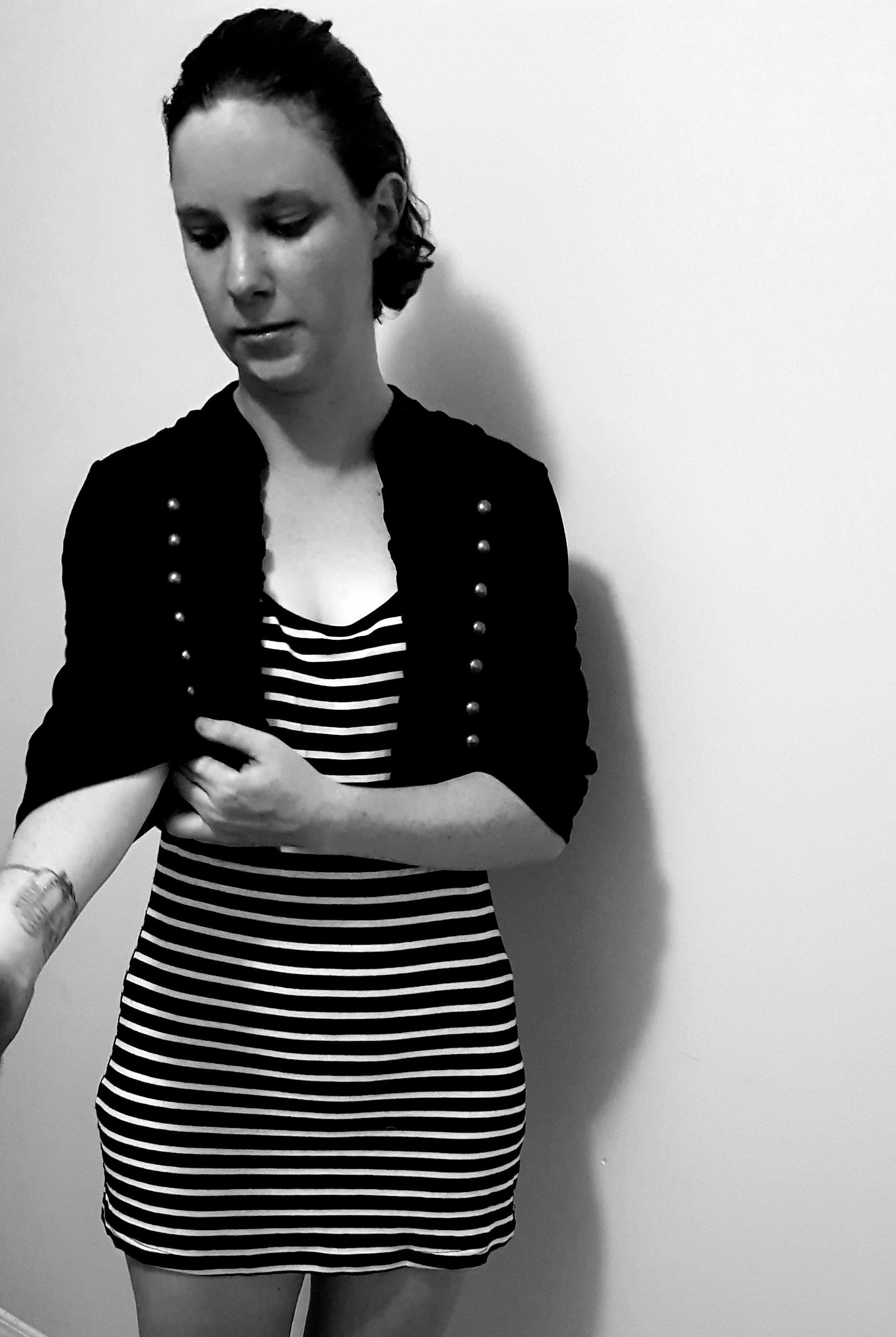Room Calibration
- V_Devlin

- Sep 26, 2019
- 3 min read
Updated: Oct 7, 2019

What is room calibration and why it is important:
Room calibration is essentially a reset to point zero exercise and test. Point zero is the standard that all the speakers have to be set to. In a studio setting this process is required regularly to ensure that no matter where in the world you working on an audio piece; the playback will play at the same levels or as close to it as possible no matter what studio you are working in.
Materials:
A Standard room calibration takes about 40 minutes to complete.
To conduct the test you will need the following things:
- SPL (Sound Pressure Level) Metre.
- Ear Plugs.
- A microphone Stand.
- Tape.
- Noise generator.
- measuring tape/XLR cable.

Depending on the size and uses for the space you are calibrating determines what sound pressure standard the speakers need to be set to. If you are calibrating in a large space such as a theatre or cinema then the speakers will need to be set to around 85 db and if there is a sub this will need to be set 4 db higher then the other speakers. So for this example the SPL should be around 89 db for the sub speaker.
For most studio spaces the speakers need to have an SPL of around 75 db with the sub around 79 db.
Process:
Before starting the calibration test ensure all studio monitors are turned down and set your audio interface output level to unity or 0 db.
To begin the test place the microphone stand in the sweet spot and ensure the SPL metre is set at head height and in a primary listening position (microphone facing up) then tape the SPL metre onto the mic stand. The sweet spot in a studio is a step back from the desk where the sound signal is best represented. This is the spot that we as engineers pick up the audio signal as a whole image. Set the SPL metre to C weight.

Then insure all of the speakers are of equal distance from the SPL metre by measuring the distance with the XLR cable. Adjust speakers accordingly. Speakers should be at least 1 metre from the SPL metre as a guide. however this can also depend on the size of the room..

Another reason to ensure the speakers are of equal distance when calibrating a room is to make sure that when the room calibration is done, you will be able to know it has been done correctly if the right and the left side of the room appear balanced. I.e the right and the left side of the room image should sound the same and not appear higher or lower in level to the opposite side of the room.
Next put in your ear protection then set up a signal generator track in your DAW. Once this track is set then send pink noise to each speaker one by one. As this is being done adjust the output levels of your interface until each speaker has an SPL of around 75 db, To keep track of which speaker has been calibrated it is best to start with the centre speaker and then move outwards until each speaker is calibrated. When all the speakers are calibrated then generate the pink noise signal to the sub and calibrate it 4 db higher then the rest of the speakers.






When this is completed do a final test of all the speakers to make sure the levels are all the same.
Happy calibrating.






Comments